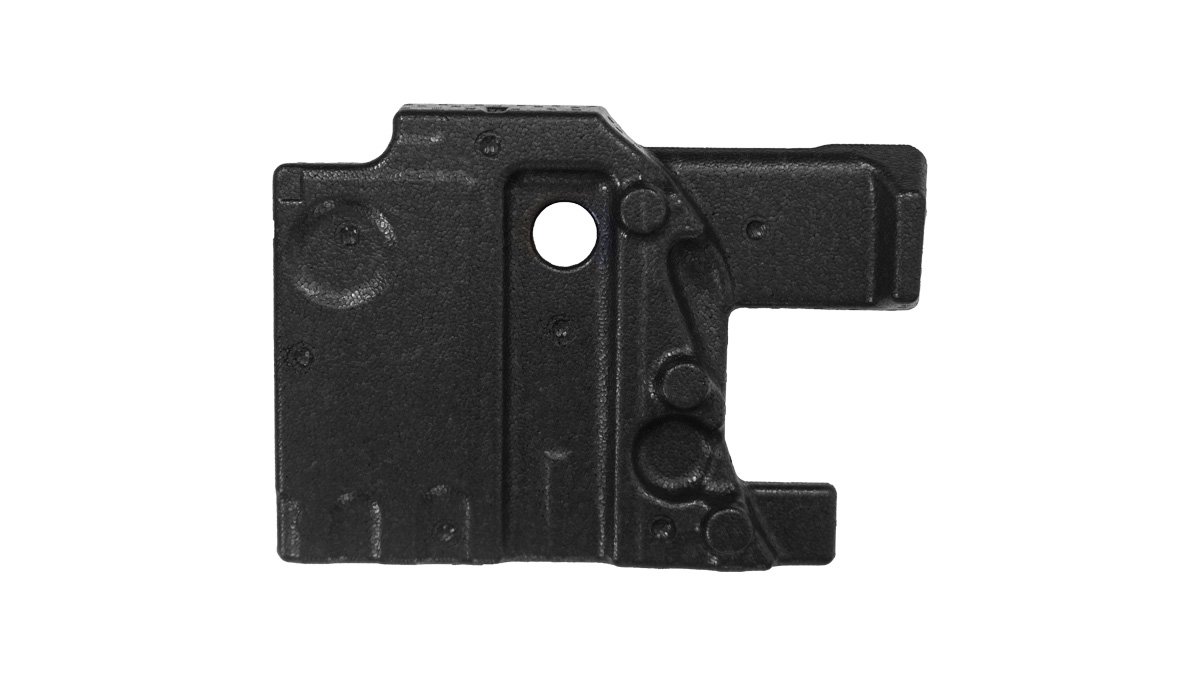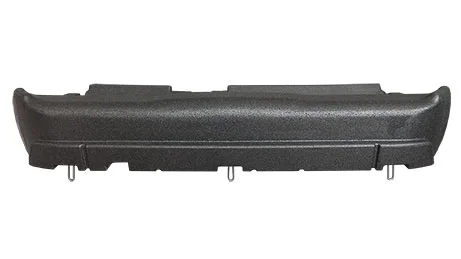Are heated car seats a worthwhile solution? What are the modern technologies and materials used, and what are their benefits?
How heated car seats work
Heated car seats, unlike car air conditioning, provide an evenly warming effect on the body. Heating wires or electrodes built into the seats and backrests gently heat their surface, providing instant comfort. In this case, the heat is transferred directly from the heating mechanism to the driver or passenger, without the unnecessary stirring up of air and dust. Seat heating systems also often allow the temperature to be adjusted so that the setting can be tailored to individual needs. Factory-built solutions differ significantly from car seat heating mats, which are applied to the seat, disrupting the aesthetic effect. Depending on the seat manufacturer or car brand, different seat heating solutions may be used.
See also: Well-designed driver's seat in the past and today
How can heated car seats be built?
In principle, heated car seats do not differ in appearance from standard ones, since the heating element is placed between the foam padding and the upholstery. The fact that a particular model uses seat heating can be indicated by the control panel located, for example, on the dashboard or the type of upholstery used. As a rule, heated car seats are covered with leather rather than fabric. Unlike car seat heating mats, the heating elements in this case are factory-built into the seat and located between the upholstery and the seat's foam padding. Depending on the manufacturer or class of car, three technologies are used, which differ in the construction of the heating element and the material solutions used: weave (strip), parallel and pressure (printed). The type of foam used also has a not insignificant impact on the quality and durability of heated car seats. Foamed EPP polypropylene is perfectly in line with modern trends in the production of seats for cars.
See also: Additional car equipment – car seats possibilities
Strip weave heating technology
This solution uses a single layer of fabric into which heating wires are sewn in a meander pattern. Such a solution is characterized by a high degree of flexibility, which is important especially within the seat edges. The best OEMs embed the conductor in the support foam, and additionally use a non-woven fabric, which makes it possible to avoid marks on the seat cover. An ideal solution, which is perfect for heated and ventilated seats, is the use of innovative EPP foam instead of traditional polyurethane foam. This material has the so-called shape memory, so it does not deform, and when the pressure stops, it returns to its previous shape. This definitely affects the lifespan of seat bases, which retain their resilience for a longer period of time, even if they are subjected to heavy loads.
See also: Safety and types of car seats
Parallel heating elements
As the name implies, such an arrangement consists of parallel heating cables, which are fed by strips occurring on both sides. The heat-conducting elements are most often made of carbon fiber, and less often of copper or steel. They are applied to the backing material, rather than laid in strips, which allows for a more precise, and therefore more efficient, distribution of temperature over the entire surface of the heated seat. The technology is also considered faster than strip weave, due to the placement of the wires closer to the top side of the seat. This allows the person sitting in it to get comfortable heat when the driver's or passenger's seat is set to a lower heating output. The EPP pressure molding method makes it very easy to produce car seats with this type of solution. The components can take basically any shape and feature enhanced thermal insulation or mechanical resistance, depending on the chosen density version in a wide range from 20 to even 250 grams per liter.
Pressure printing technique

The third and most expensive of all heating technologies consists of silver electrodes printed with conductive ink. This solution allows for a high density of heating power, while being more resistant to overheating or burning out. The use of EPP foam in heated seats using this technology can reduce production costs, and thus make it more widespread. The molding of EPP material by pressure injection molding is a very economical method of producing heated car seat components, even with very complex shapes. All kinds of grommets can be created without any problems, allowing safe routing of cables. Foamed polypropylene has very good insulating properties, and at the same time it dampens impacts, so it protects sensitive electronics from mechanical and thermal damage. Importantly, EPP foam is available in special anti-static versions, with increased resistance to aging or UV radiation. All this makes it possible to freely tailor components to individual applications.
Heated car seats – advantages and disadvantages

Many people wonder whether heated seats are worth having, as they have their advantages and disadvantages. The benefits of their use include, first of all, increased comfort in the autumn and winter seasons. The driver can freely remove his jacket, which may restrain their movements, as the heated seat will instantly provide thermal comfort. This type of solution can also prove beneficial for those traveling long distances. The soothing warmth alleviates and prevents the pain associated with prolonged sitting. However, this solution can be disadvantageous for people with cardiovascular problems. Despite concerns about its health effects, it is very energy efficient, which makes it often used as a major component of the heating system in electric cars. In such vehicles, traditional solutions for providing thermal comfort in the cabin, such as through the air supply, cause the battery to drain faster. The use of EPP foam elements with excellent thermal insulation properties in the seat base ensures that the heat flux is properly directed upward instead of deep into the seat, thus reducing the heating power of the system. This makes it possible to extend the car's range and reduce the frequency of battery charging during the winter season.